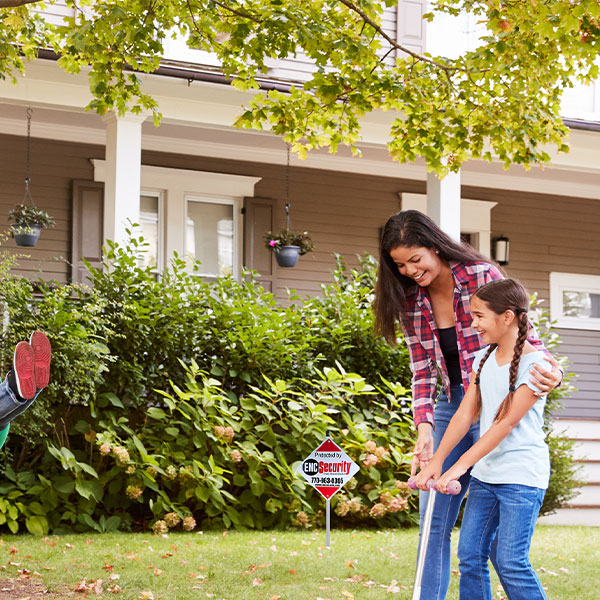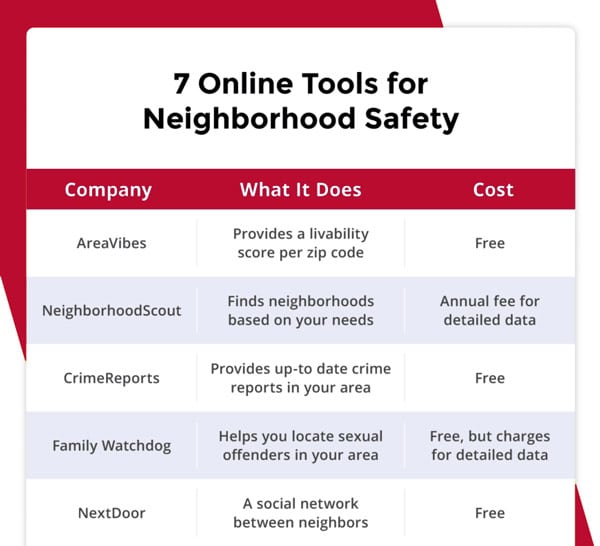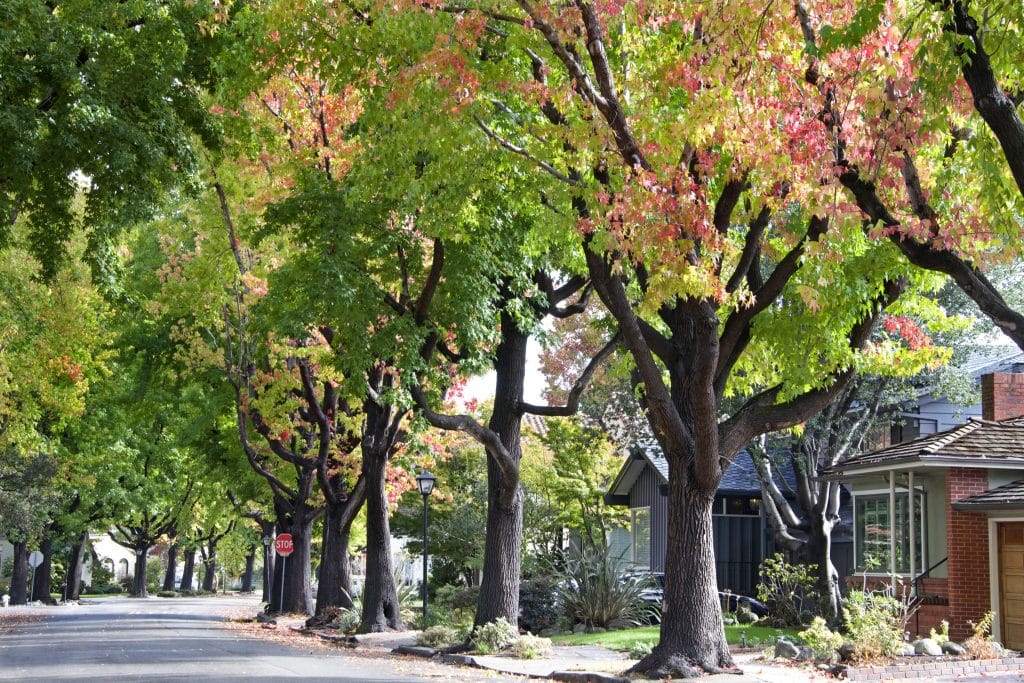How to Determine if Your Neighborhood is Safe

When you’re moving to a new city, one of the first things you should do is get to know the area, specifically how safe certain areas are versus others.
Below are some ways to determine how safe your neighborhood is:
The FBI’s crime statistics are free, easy to access and reliable. The statistics are available for every neighborhood in the U.S., as well as for each state. To access the data, go to “Crime in the United States” on the FBI website and select your state from the drop-down menu. You can then click on “Part One: Violent Crime.” This will give you information about crimes committed within your state, including murder rates per 100,000 people (the higher this number is, the more dangerous your city or town is) and property crimes (such as burglary). Click here for home security system information).
Many websites provide crime statistics. Below is a chart of a few to try.

Real estate apps are a great way to get a feel for a neighborhood’s safety. They allow you to look at the crime rates, property taxes, and schools of neighborhoods in your area. This way, you can make an informed decision about where you want to live based on what is important to you. Want to learn about the safest cities in Georgia? Click here.
Property taxes are a reflection of the value of the property. If your neighborhood’s property values are low, it may be due to an overabundance of crime or lack of economic stimulation. Similarly, if there is a lot of crime in your area and no one wants to live there, then you should also consider whether or not it is safe for you as well. Property taxes are based on the value of the property so they can be used as an indicator as to whether or not a neighborhood is safe or not.
Evaluate your local police department or sheriff’s office. A great way to determine whether your neighborhood is safe is to take a good look at the police department or sheriff’s office. Is there a good response time? How often do they post information about crimes in your area on social media, and how quickly do they respond to public concerns via those platforms? Do they host community outreach programs, like “Coffee with a Cop” events where residents can meet members of law enforcement face-to-face and ask questions about how best to stay safe in their communities?
Consider whether or not there are any organizations in your community designed specifically around improving public safety or reducing crime rates—such as Neighborhood Watch groups—and join them if they seem like they might be right for your family.
Look around. Are their well-lit streets? How close are local parks, trails and schools? Chances are, if they are nearby, the area is on the safer-side. Check the “walk score”.
The best way to determine whether your neighborhood is safe is by talking to people who live and work in the area. Ask them about their experiences with crime and if they have seen any suspicious activity in the neighborhood. If you find out that crime is a problem, ask them what they think could be done to help make it safer.
For example: “Hey Tom! How’s everything going?”
“Oh not too bad,” he said. “I was just wondering if anyone else here has had any trouble lately.”
“No, I’m fine,” Tom said with a smile on his face but then he looked down at his feet and shook his head slightly before looking back up at me again and saying, “but I know some people who have had some problems.”
No matter where you end up, be diligent and research first so you don’t make a decision you’ll regret.
A great way to get peace of mind is with a monitored security system from EMC Security. Click here to get a quote today!

